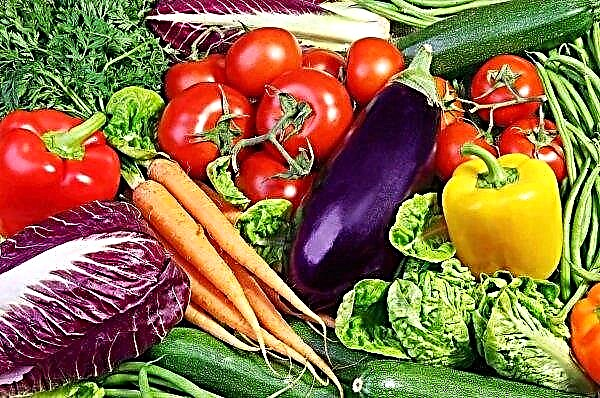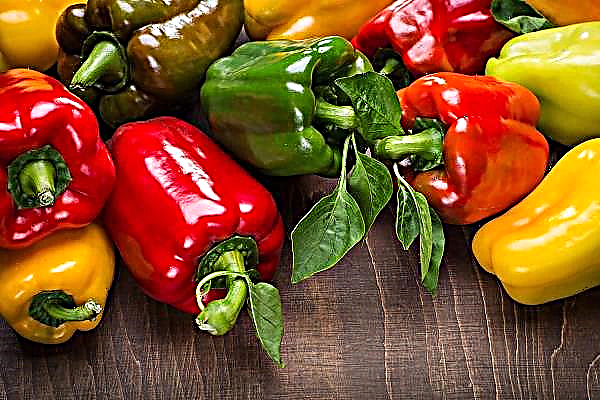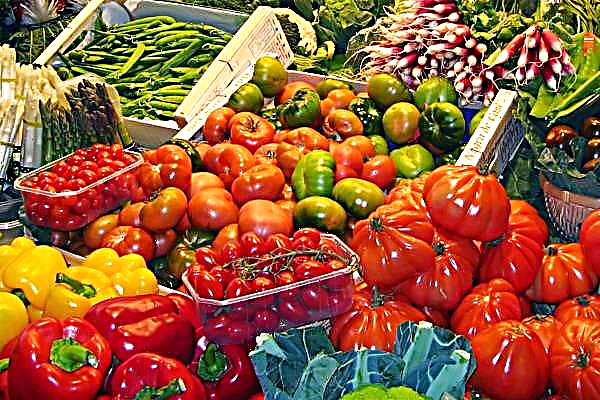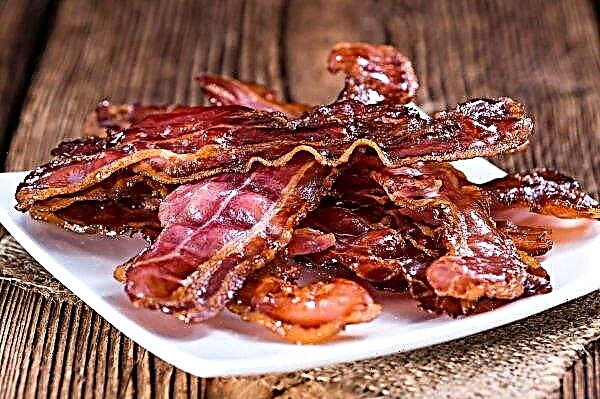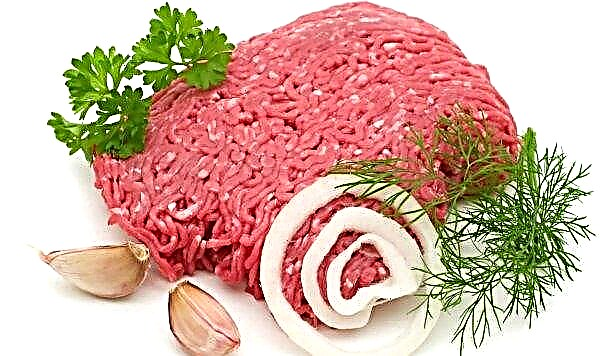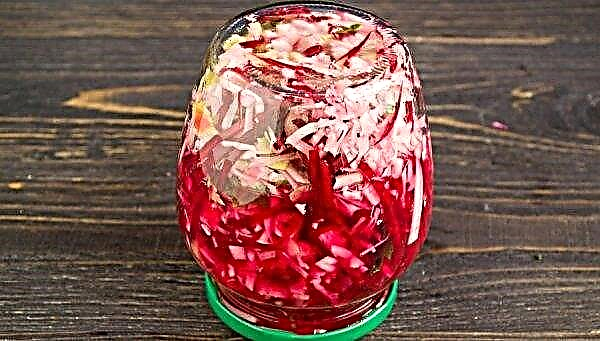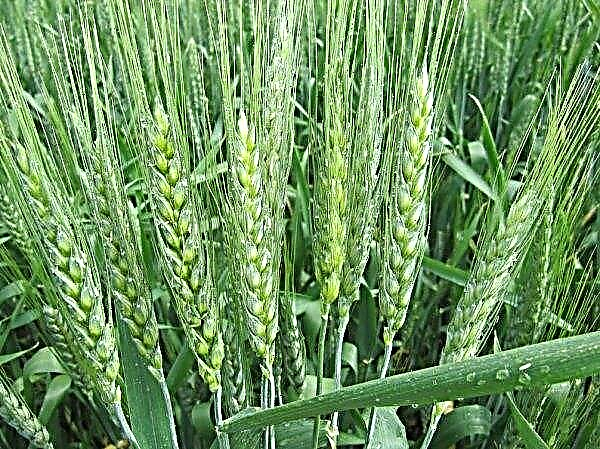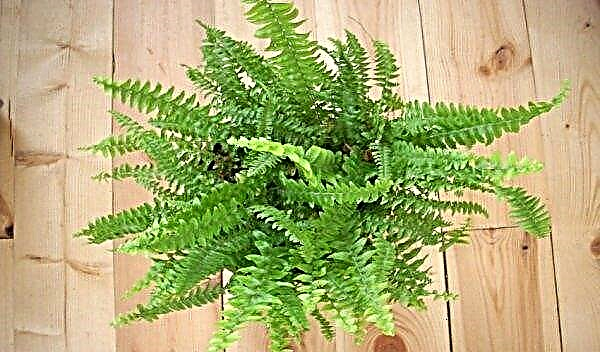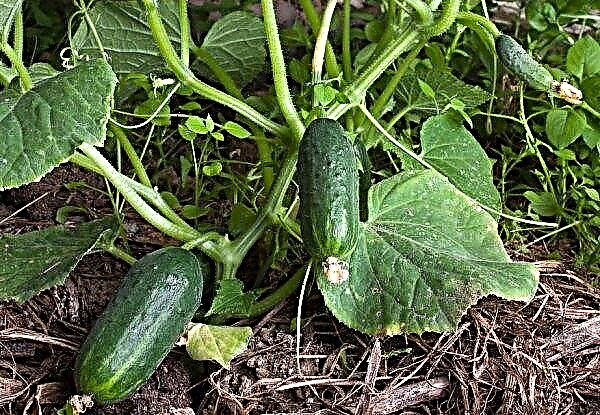Every season, the gardener is asked what to grow and which varieties to choose. In today's article, we will talk about Björn cucumbers - first-generation (F1) hybrids, their features and growing technology.
Grade characteristics
The variety is only a few years old, he hails from Holland. Selection work was aimed at fixing the signs of self-pollination and high productivity.
Plant description
Externally, it is a plant with underdeveloped side shoots, but a powerful main stem that does not have a natural growth restriction. Weaves weakly and is not oversaturated with green mass. Thanks to this, the bush is easy to care for and harvest, and also does not require pinching. It blooms according to the female type - without empty flowers, inflorescences are collected in a bouquet in which about 5 fruits can form. The root system is well developed.
Description of the fetus
The fruits develop at the same time and have no differences in appearance, they are even, gherkin type, about 10-12 cm long. They are painted dark green, the skin is covered with pimples with white spikes of medium size. The pulp is hard and crunchy, and also quite juicy, without bitterness. The weight of one fruit is in the range of 90-100 g.
Variety Productivity
The variety is famous for its high yield indicators. So, when grown in a greenhouse, you can collect about 20 kg of cucumbers from 1 m², on open ground this figure is at the level of 13-14 kg.
Did you know? Cucumbers are 95% water.
Ripening time
Fruits ripen in the shortest possible time, from the moment of emergence of shoots to collecting ripe cucumbers only 35-39 days pass. Cucumbers are collected every 2-3 days, regular collection of ripened fruits, significantly prolongs the fruiting period, which lasts 2 months on average.
Advantages and disadvantages of the variety
- The variety is quite new, but has already gained high popularity, thanks to these qualities:
- high yields;
- simultaneous ripening of fruits;
- good presentation;
- unpretentiousness;
- easily adapts to different climatic conditions;
- resistant to disease.
Growing cucumbers Björn
Björn cucumbers are cultivated both with the help of seedlings and the seedling method. Let us consider in more detail each of them.
Video: Growing Bjorn cucumbers
Planting seedlings
When using this planting method, the yield of ripe fruits increases, they ripen earlier, and the fruiting period is extended. Seeds are sown, depending on where, in the future, seedlings will grow: for greenhouses - April, open ground - May. For this, it is necessary to prepare peat pots, plant two seeds in each tank. Watered with warm water, this procedure is repeated daily. After 4-5 days, sunrises appear. After the formation of 3-4 full leaves, the plant is transplanted, leaving at least 160 cm of distance between the rows, and about 30 cm between the plants themselves.
Did you know? The composition of cucumbers includes glycoside cucurbitacin, which inhibits the growth and development of cancer cells.
Growing cucumbers by seedling method
Björn cucumbers are also planted immediately in open ground, without first growing seedlings. The end of May, when the soil warmed up to + 13 ° С, is ideally suited for this. The soil is pre-watered, the seeds are lowered to a depth of 2-3 cm so that there are up to 7 bushes per 1 m², after which they are covered with a mixture of earth and humus.
Care Rules
It is proper care for the planted plant that determines whether all the productive qualities of the variety are manifested and, in the future, affect the yield indicator of the crop.
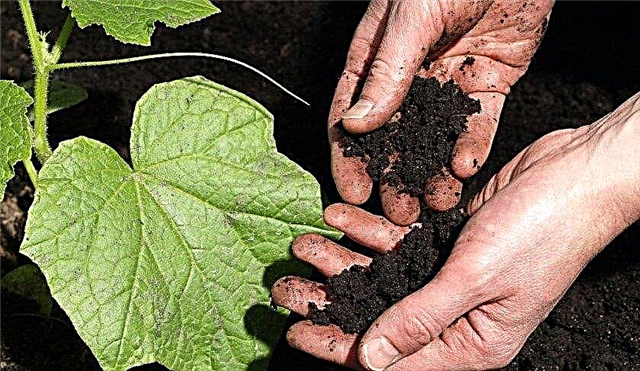
Watering and fertilizing
A vegetable loves plentiful watering, which is produced with warm water mainly in the evening. It is enough to water the plant once a week, and when bearing fruit, increase the frequency to 1 time in 4 days.
In order to obtain a rich harvest, regular feeding is carried out. The procedures begin in the fall, during the digging of the site organic fertilizers are applied, for this compost or humus in the amount of 1 bucket per 1 m² is suitable.
Before planting in the soil make:- ammonium nitrate - 10 g / m²;
- superphosphate - 30 g / m²;
- potassium sulfate - 20 g / m².
During the growth, 3 more top dressings are produced:
- At the beginning of budding, 5 g of ammophosphate per 1 m².
- During flowering - 10 g of kalimagnesia and extract from 40 g of superphosphate in 10 l of water.
- With the formation of ovaries - 2 tsp. "Gumi" for 10 liters of water.
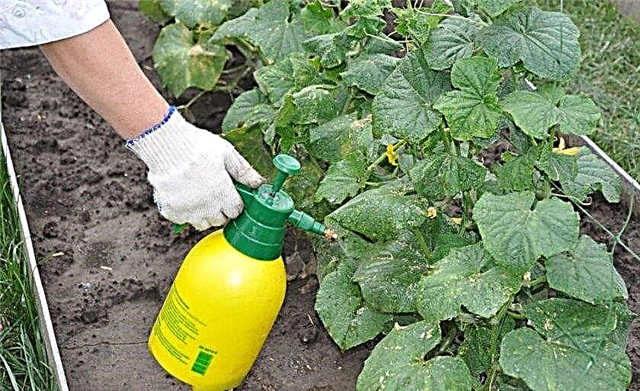
Garter and bush formation
The bush is not formed, since its lateral seedlings are poorly developed. The only thing you need to pay attention to is the garter of the plant to the trellis. For this, a support up to 1.5 m high with stretched cords for weaving is installed near each bush. When the plant reaches the length of the trellis, it is pinched.
Important! It is forbidden to pinch the lower nodes, because it is from this place that fruiting begins.
Soil care
After watering, loosen the soil, it is important to remember that the rhizome of cucumbers is located quite close to the soil surface and carry out the procedure carefully. At the same time weed is removed, which slows down the growth and development of the plant. The mulching procedure is not carried out.
Pest and Disease Control
The variety is highly resistant to diseases, but any violations in care provoke the development of ailments.
The most common diseases include the following:
- Powdery mildew. A disease of fungal nature, the main symptom is the drying of the leaves and the stopping of fruiting.

- Cladosporiosis. It is characterized by the presence of brown spots on the surface of the plant.
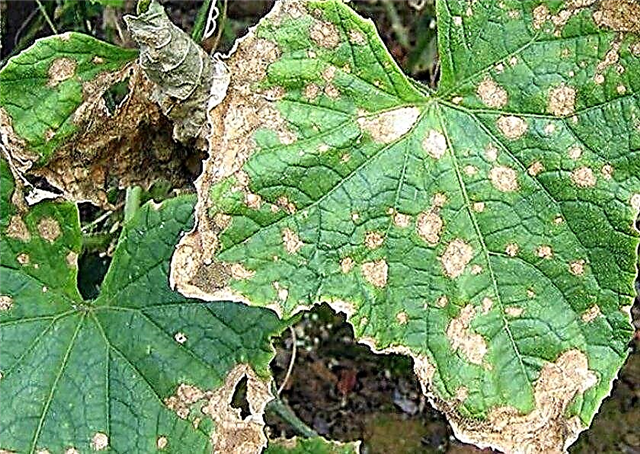
- Yellowing of the veins. It is caused by a virus that provokes the death of blood vessels and, as a result, the death of the bush.
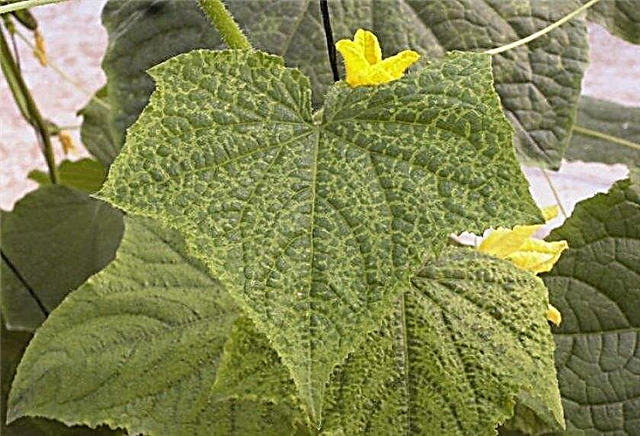
As for pests, most often the cucumber is affected:
- whitefly;
- aphids;
- slugs;
- spider mites.
- infusion of garlic;
- 1 glass of ash and 1 tbsp. liquid soap diluted in 10 liters of water;
- sulfur drafts;
- "Biotlin";
- Atara.
And, of course, first of all, you need to observe cleanliness: remove dead parts of plants, foliage and regularly weed the site.

Harvesting and storage
Harvested on the 35-39th day of growth every 2-3 days for 2-2.5 months. It is recommended to carry out the procedure early in the morning or in the evening, at a time when the fruits are most juicy and are easily separated from the tops and are better preserved. It is best to cut them with a knife, in order to avoid damage to the whip. Harvested vegetables are placed in a cool place with a temperature of +10 ... + 15 ° С.
Important! Temperatures below 0 ° C negatively affect the condition of cucumbers, they become soft and become covered with mucus.
Björn hybrid cucumbers can rightfully be considered one of the best. The species is not whimsical to the growing conditions, spets quickly enough, and also differs in fairly high yields. Follow all the above recommendations and grow a crop in your yard.






